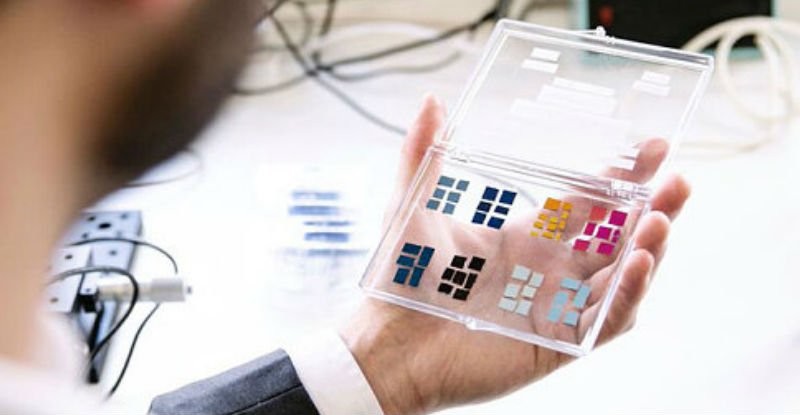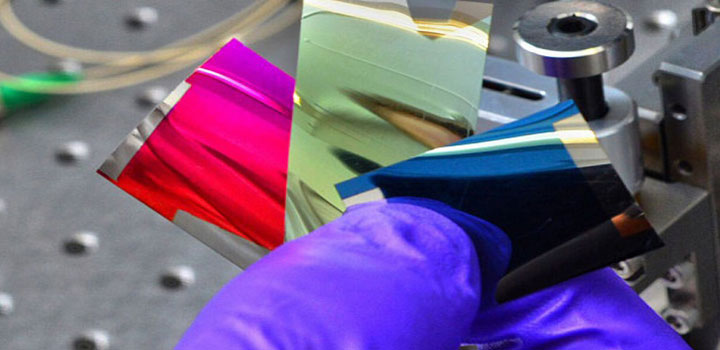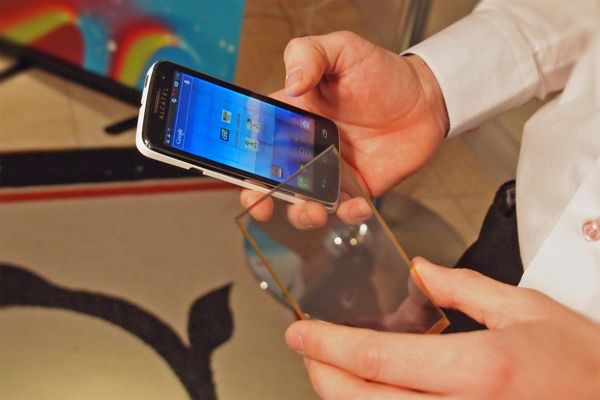New Touchscreen To End Daily Smartphone Charging
The world today has moved on from the grasp of wired communication to wireless communication all because of a tiny device called Mobiles. Since its invention in 1973 by Martin Cooper, a Motorola researcher and executive, mobile phones have become an inseparable part of our life. Today we use mobile phones for almost everything we do from ordering food to connecting to our love ones, life without it seems impossible.
Touch-Screen:
With the further development of mobiles we became more addicted to “Touch screen” technology. A touchscreen is an input device normally layered on the top of an electronic visual display of information processing system. A user can give input through simple or multi-touch gestures by touching the screen with a special stylus or fingers.
 People today only purchase a mobile by the phone’s screen size and resolution. Mobile phone company have came up with different display technologies from LCD’s to OLED and Retina Display to make their mobiles more alive and to provide the best display to satisfy the demands of their customer. But all of these company face the same difficulty i.e. the display takes up alot of battery to power itself, resulting the smartphones needs to be charge daily or more frequently. To solve this issue researchers have come up a new technology called “Germanium-Antimony-Tellurium, or GST”.
People today only purchase a mobile by the phone’s screen size and resolution. Mobile phone company have came up with different display technologies from LCD’s to OLED and Retina Display to make their mobiles more alive and to provide the best display to satisfy the demands of their customer. But all of these company face the same difficulty i.e. the display takes up alot of battery to power itself, resulting the smartphones needs to be charge daily or more frequently. To solve this issue researchers have come up a new technology called “Germanium-Antimony-Tellurium, or GST”.
GST:
A team of scientist at Bodie Technologies, a University of Oxford spin-off company have invented a new type of touchscreen material that requires very little power to illuminate, offering a cheap alternative to today’s smartphone and tablet screens, with vivid colors and high visibility even in direct sunlight. This new display is made from a type of phase-change material known as germanium-antimony-tellurium, or GST. A paper published last year explains how a rigid or flexible display can be formed from microscopic stacks of GST and electrode layers.
How Does It Work:
Each stack is made of a single 7-nanometre-thick layer of GST inserted between two layers of a transparent electrode. This stack is fed a very low electric current to produce color images. Initially, still images could only be created using an atomic force microscope, but the team demonstrated that such tiny stacks can be turned into prototype pixel. These nano-pixels, just 300 by 300 nanometres in size, can electrically be switched ‘on’ or ‘off’ at will, creating the colored dots that could form the building blocks of extremely high-resolution display technology. The ultra-thin display material can produce vivid color displays at very high resolution even under direct sunlight because of the way it manipulates incoming light.
Future:
The team is already in talks with some of the world’s largest consumer electronics corporations to see if their new material can replace current LCD touchscreens in the next couple of years. As this material are not effected under direct sunlight it makes them potentially useful for smart glasses, fold-able screens, windshield displays, and even synthetic retinas the human eye. With very little electricity required to illuminate a display made from this special material, the team says it could dramatically cut the overall power consumption of a smartphone. This low-energy alternative could see us ditching the nightly charge for a far more convenient weekly charge.
Wait and see if announcements about big commercial partnerships will be made public, but the researchers are confident they’ll have a prototype out within the next 12 months. Hope this technology makes it public appearance soon as this technology will finally help us break free from our dependence on phone cords.







